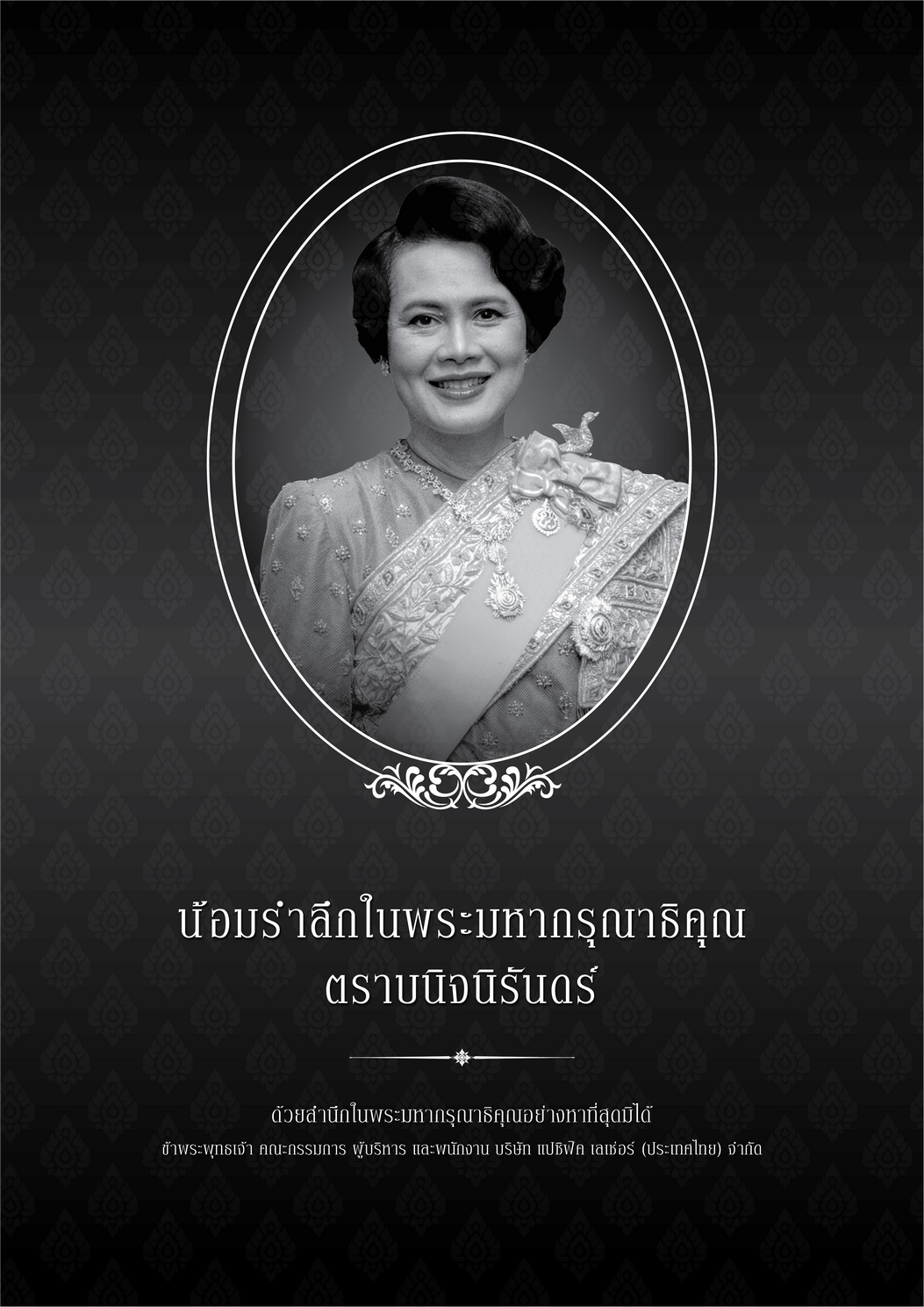
Strolling Through Ratchaburi Unveiling the Secrets of the Pottery City
Ratchaburi is a province renowned for its exquisite pottery, especially the iconic dragon jars. However, there's much more to discover beyond its famous ceramics. To truly understand Ratchaburi, explore its communities on foot and uncover the rich archaeological history that reveals it as an ancient city of great significance. Historically known as "Muang Khu Bua," Ratchaburi offers a glimpse into its past glory. Muang Khu Bua is located about 12 kilometers from the current city center.
Evidence of Ratchaburi's historical significance dates back over a thousand years to the Dvaravati period. The city boasts well-preserved ancient prangs (spires) and a wealth of artifacts from the Ayutthaya and early Rattanakosin periods.
Morning Exploration
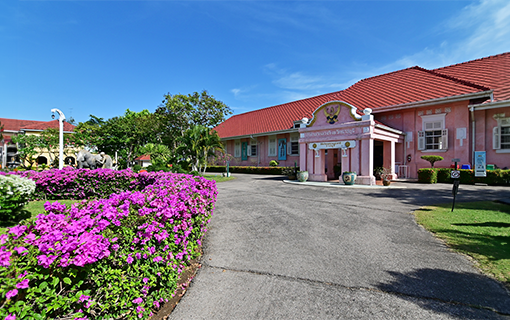
Ratchaburi National Museum: The Ratchaburi National Museum consists of two buildings: a high-platform row house and a two-story wooden house. The first building serves as the museum, while the second is the office. From the entrance, the museum impresses with its elegant wooden structures, a front lawn adorned with modern sculptures, and an interior filled with valuable ancient artifacts, including an Ayutthaya-style Buddha image in the Mara Vichai posture and traditional woven fabrics from various ethnic groups such as the Tai Yuan people.
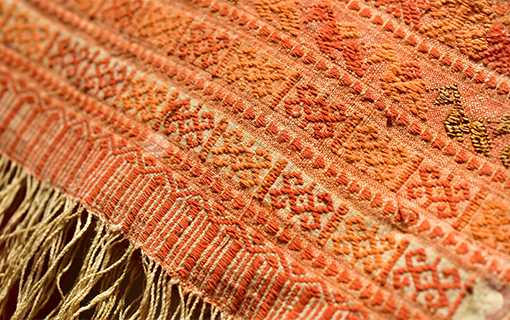
Traditional Woven Fabrics: These old woven fabrics from the Tai Yuan people are part of the Ratchaburi National Museum's collection, showcasing the intricate craftsmanship of this ethnic group.
Begin your journey along the Mae Klong River, where the old Koy Kee Market and the National Museum are located. Start your day with breakfast at Ah Tee Kopi restaurant. Afterward, cross the street to visit the Ratchaburi National Museum, which houses an impressive collection of ancient artifacts. This visit will provide you with a deeper understanding of the city's rich history.
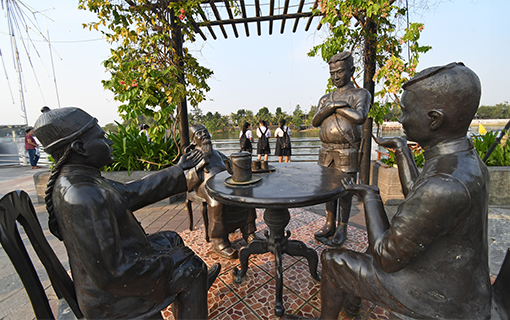
Mae Klong River Sculpture: This contemporary sculpture graces the banks of the Mae Klong River, adding an artistic touch to the riverside scenery.
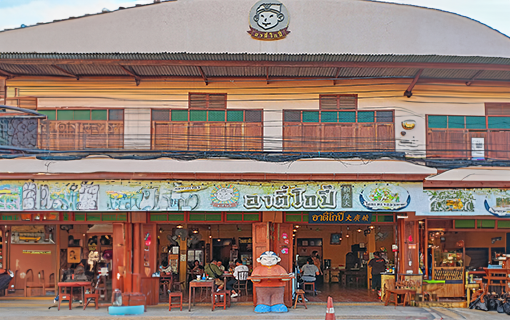
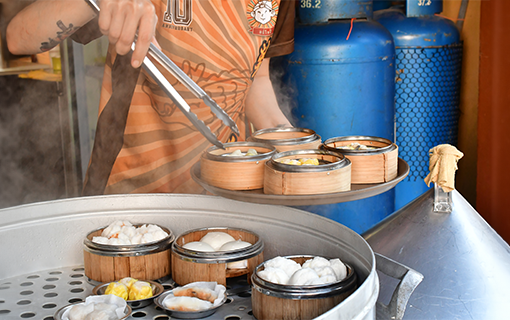
Ah Tee Kopi: Start your day with a hearty breakfast at Ah Tee Kopi, located near the Ratchaburi National Museum. This two-story old shophouse is filled with antique collections and offers a variety of dishes, including pan-fried eggs, bak kut teh, dim sum, and traditional tea and coffee.
Religious and Artistic Marvels
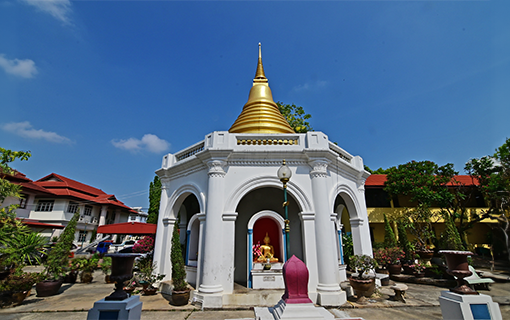
Stupa at Wat Si Suriyawong: This grand stupa, part of Wat Si Suriyawong, showcases the blend of architectural styles that make this temple unique.
Next, head to Wat Si Suriyawong (also known simply as Wat Suriyawong), a temple rich in religious art and historically significant as a temple for the Bunnag family. The architecture and serene atmosphere make it a must-visit.
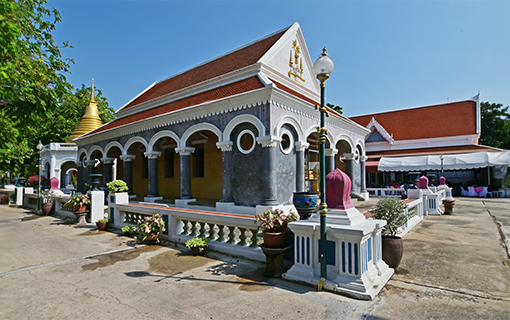
Ordination Hall at Wat Si Suriyawong: For those who appreciate European architecture, Wat Si Suriyawong, also known simply as Wat Suriyawong, combines Gothic-style ordination halls, a bell-shaped stupa on an octagonal base with Roman-style columns, and floor patterns similar to the mural art found in Bangkok's Wat Chetuphon.
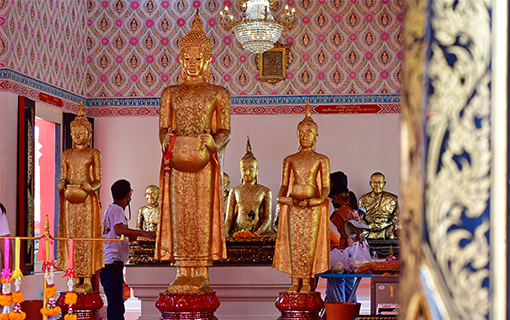
Phra Kaenchan at Wat Chong Lom: Late in the morning, head to Wat Chong Lom to pay respects to Phra Kaenchan, the city’s revered Buddha image in the alms-holding posture. Unique to this statue is the alms bowl, which appears as if wrapped in a carrying bag. Phra Kaenchan stands 2.26 meters tall from the head to the feet.
From Wat Suriyawong, continue to Wat Chong Lom to pay respects to Phra Kaenchan, a revered Buddha statue. This temple also features ancient wooden doors with intricate Chinese carvings, showcasing exquisite craftsmanship—a hidden gem not widely known.
Historical Significance
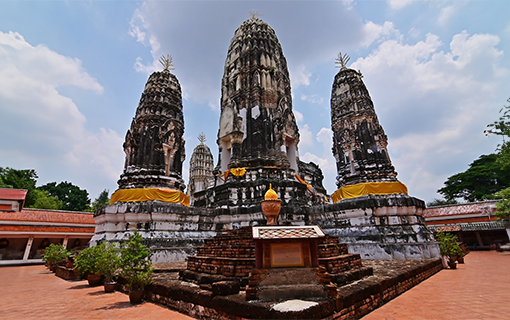
Prang at Wat Mahathat: Wat Mahathat is one of Ratchaburi's oldest and most historically significant temples, dating back to the Khmer period under King Jayavarman VII in the 18th century. The temple features a classic Khmer-style prang, similar to those seen in Lopburi's Phra Prang Sam Yot.
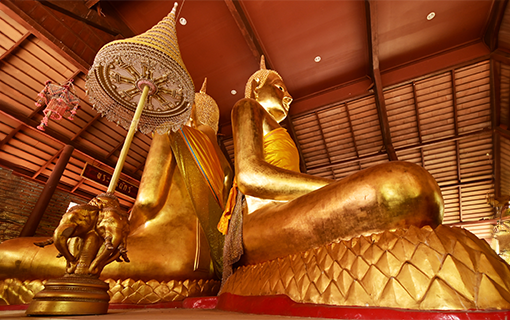
Principal Buddha Images at Wat Mahathat: Inside the temple's main hall, you will find two principal Buddha images placed back to back, symbolizing the temple’s historical and cultural significance.
Hidden Gems
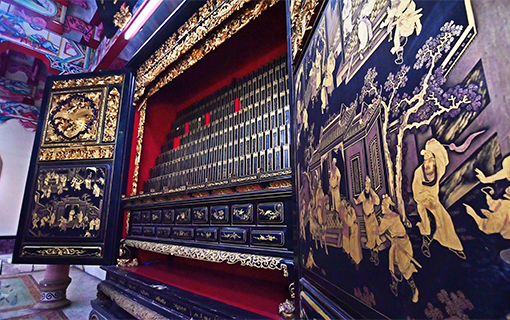
Guan Yu Shrine: It is common for cities with Chinese-Thai residents to have a shrine for worship. In Ratchaburi, the Guan Yu Shrine stands out with a unique statue of Guan Yu making the "I Love You" sign. Hidden behind the shrine is a beautifully crafted wooden cabinet storing ancestral name plaques, a piece of art rarely seen today.
Conclusion
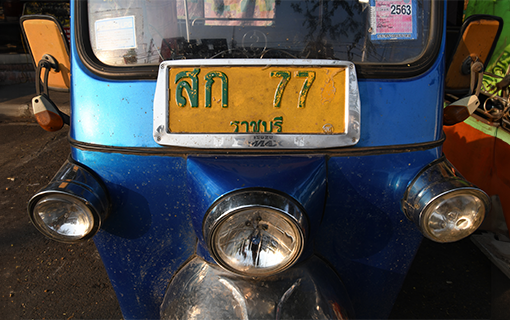
Tuk-Tuks in Thailand: Tuk-tuks are a common mode of transportation in several provinces in Thailand, including Bangkok, Ayutthaya, Trang, and Ratchaburi.
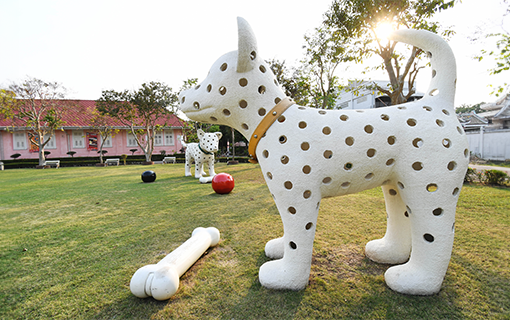
Dog Sculpture by Tao Hong Tai: This modern dog sculpture from the Tao Hong Tai pottery group is displayed on the lawn in front of the Ratchaburi National Museum.
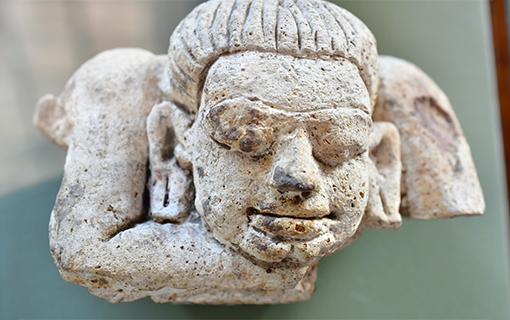
Ancient Pottery and Stucco Fragments: These pottery pieces and stucco fragments used to decorate religious sites were found in the ancient city of Sra Kosinarai in Ratchaburi and are now exhibited inside the museum.
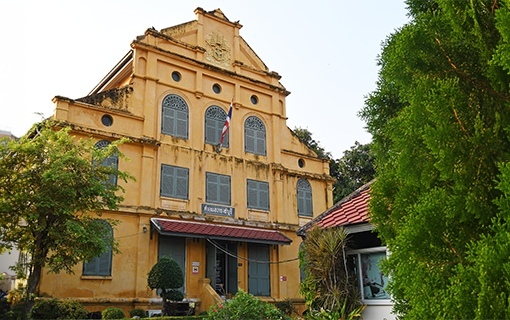
Old Court Building: This European-style building stands three stories high, with arched doors and windows, showcasing classic architectural beauty.
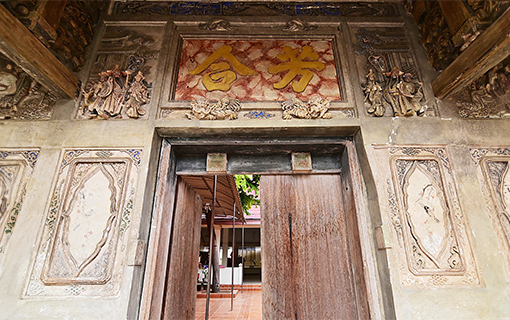
Chinese-Style Wooden Door: As you leave Wat Chong Lom, walk past the monks' quarters to the banks of the Mae Klong River and discover an ancient, intricately carved wooden door. This door's exact age is uncertain, but its craftsmanship and detailed carvings are exceptional, reflecting the high skill of ancient artisans.
To fully appreciate Ratchaburi in a day, immerse yourself in its culture and history by exploring these significant sites. It's okay if you can't visit all the locations mentioned; choose what interests you the most and fits your schedule. By doing so, you'll discover that Ratchaburi, beyond being the Pottery City, holds immense value and charm. You might find yourself enchanted by its unique allure.
Explore, discover, and let Ratchaburi's rich history and culture captivate you.
Editor in Chief : Nampetch Siramanon
Editor: Pacific Leisure (Thailand)
Content Creator : Mr. Saroj Na Ayutthaya
Navigate
Terms & Privacy
Pacific Leisure (Thailand) Limited
No. 888/154, Mahatun Plaza Bldg., 15th Floor,
Ploenchit Road, Lumpini, Pathum Wan,
Bangkok 10330, Thailand
Phone : +66 22 542 966
Mobile : +66 87 347 3111, +66 63 224 1384
Email : info@pacificleisureth.com
Website : https://www.PacificLeisureTH.com
(TAT) Licensed No: 11/00161

